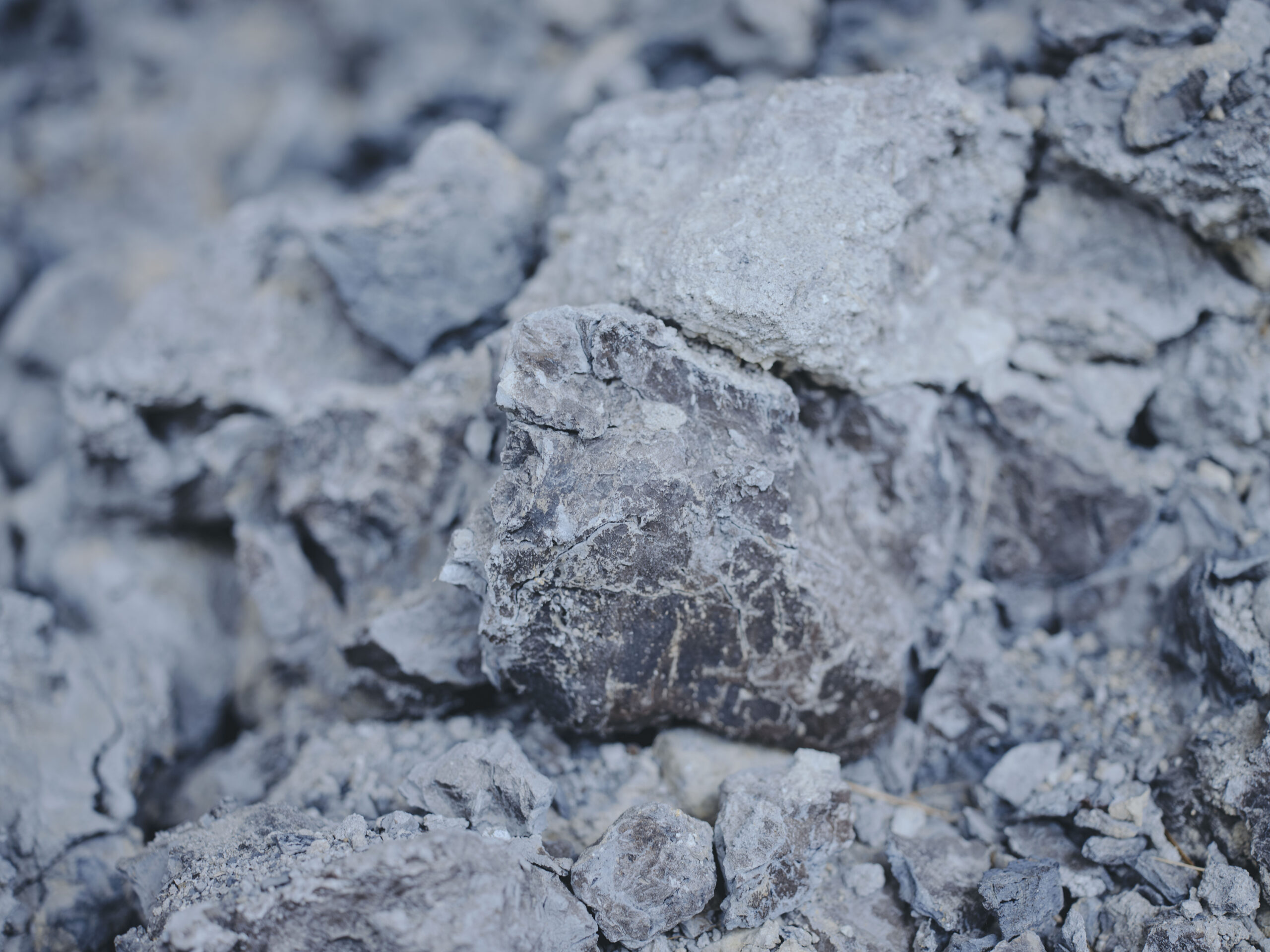
Preserving the Richness of Clay: Bizen WareMar 11, 2025

Tableware is an essential part of any meal, heightening both its presentation and experience. At Yoruya, we use tableware from two distinguished kilns specializing in Bizen ware—Tou Kobo Yu and Ichiyougama. We had the pleasure of visiting these two workshops to learn more about their stories and craft.
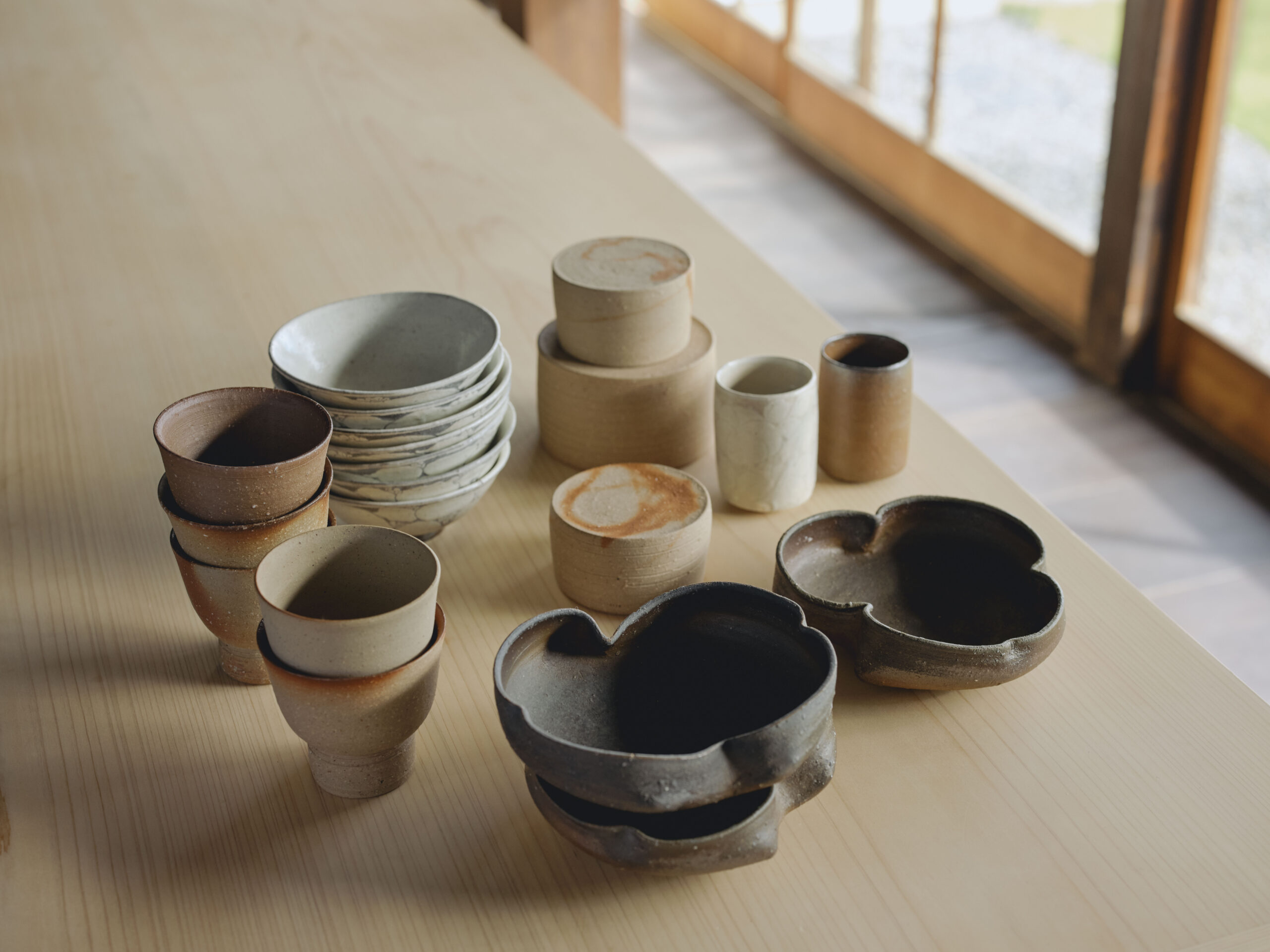
Bizen ware is one of Japan’s most iconic pottery traditions, counted among the “Six Ancient Kilns” of Japan. Its origins trace back to the Kofun period (3rd–7th century), when a type of earthenware known as Sueki was produced. From the Heian period (8th–12th century) to the Kamakura period (12th–14th century), the kiln mainly produced everyday items such as roof tiles and tableware. In the Muromachi period (14th–16th century), Bizen ware evolved alongside the rise of tea culture, with tea ceramics becoming highly sought after. Although its popularity declined with the rise of porcelain in the Edo period (17th–19th century), Bizen ware experienced a revival in the Meiji era (late 19th–early 20th century), thanks to the celebrated potter Toyo Kaneshige, who introduced more sculptural forms and innovative techniques that were unique to Bizen ware at the time.
Today, the legacy of the celebrated Kaneshige lives on through the ceramic studio of Tou Kobo Yu, led by brothers Shusaku and Yosaku Kaneshige, descendants of this storied lineage. Their grandfather, Sozan Kaneshige, was the brother of Toyo and a renowned figure in the world of tea ceramics, and their father, Yuhou Kaneshige, was an esteemed Bizen potter dedicated to preserving and passing down the family’s craft.
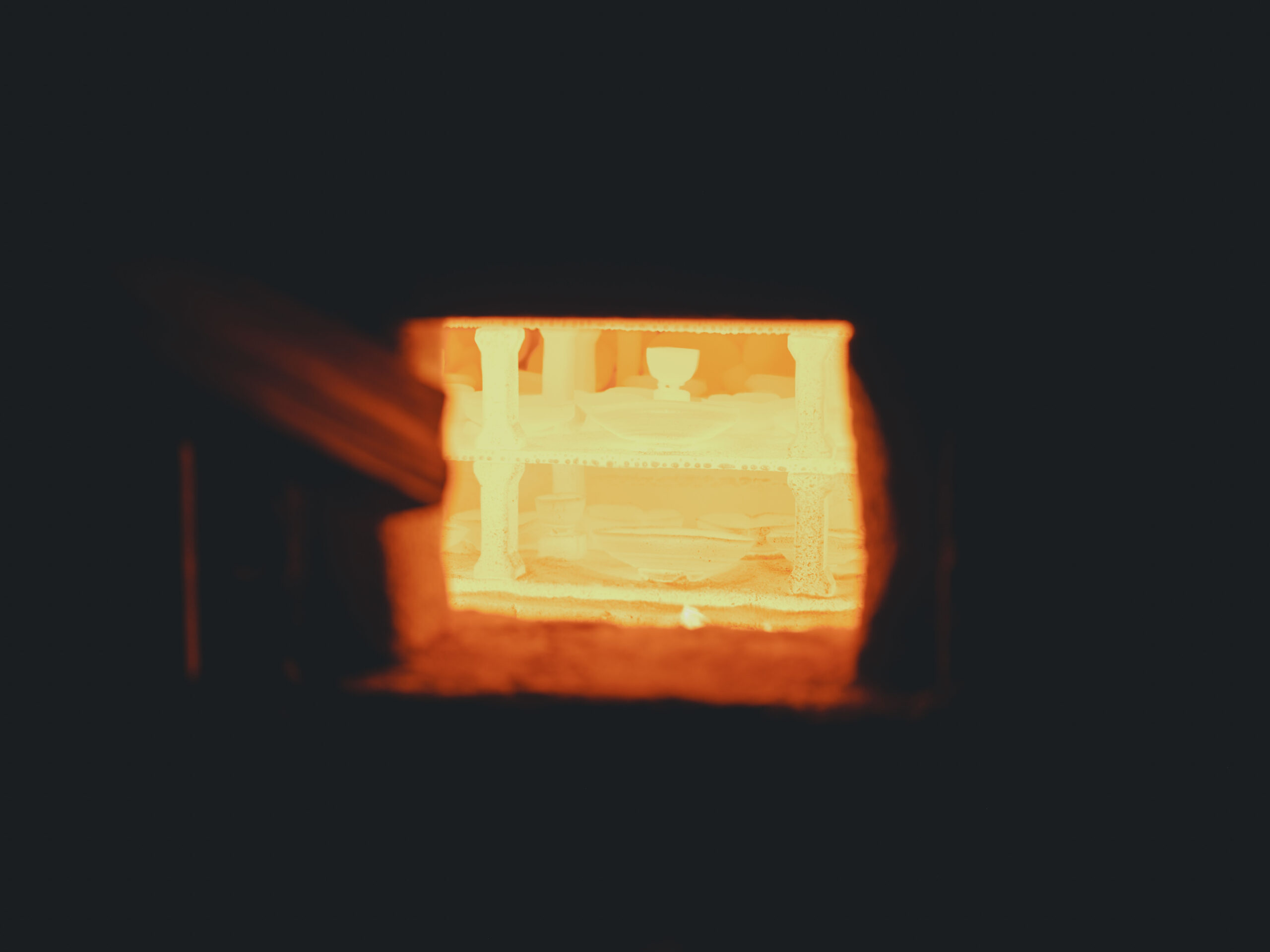
The workshop’s name, Tou Kobo Yu, carries a special history. It borrows the character Yu from their grandfather’s tea room, Yu-an (where the Yu is written with the radical for “hand” next to the character for “play”). However, since this character cannot be easily typed on a computer, they chose the visually similar character 斿, which means “to gather and play under a banner.” This character, they felt, reflected the spirit of their workshop—a place where people naturally gather under one roof to create and share ideas. Their bond as brothers was evident throughout our visit, filled with laughter and a shared passion for their craft.
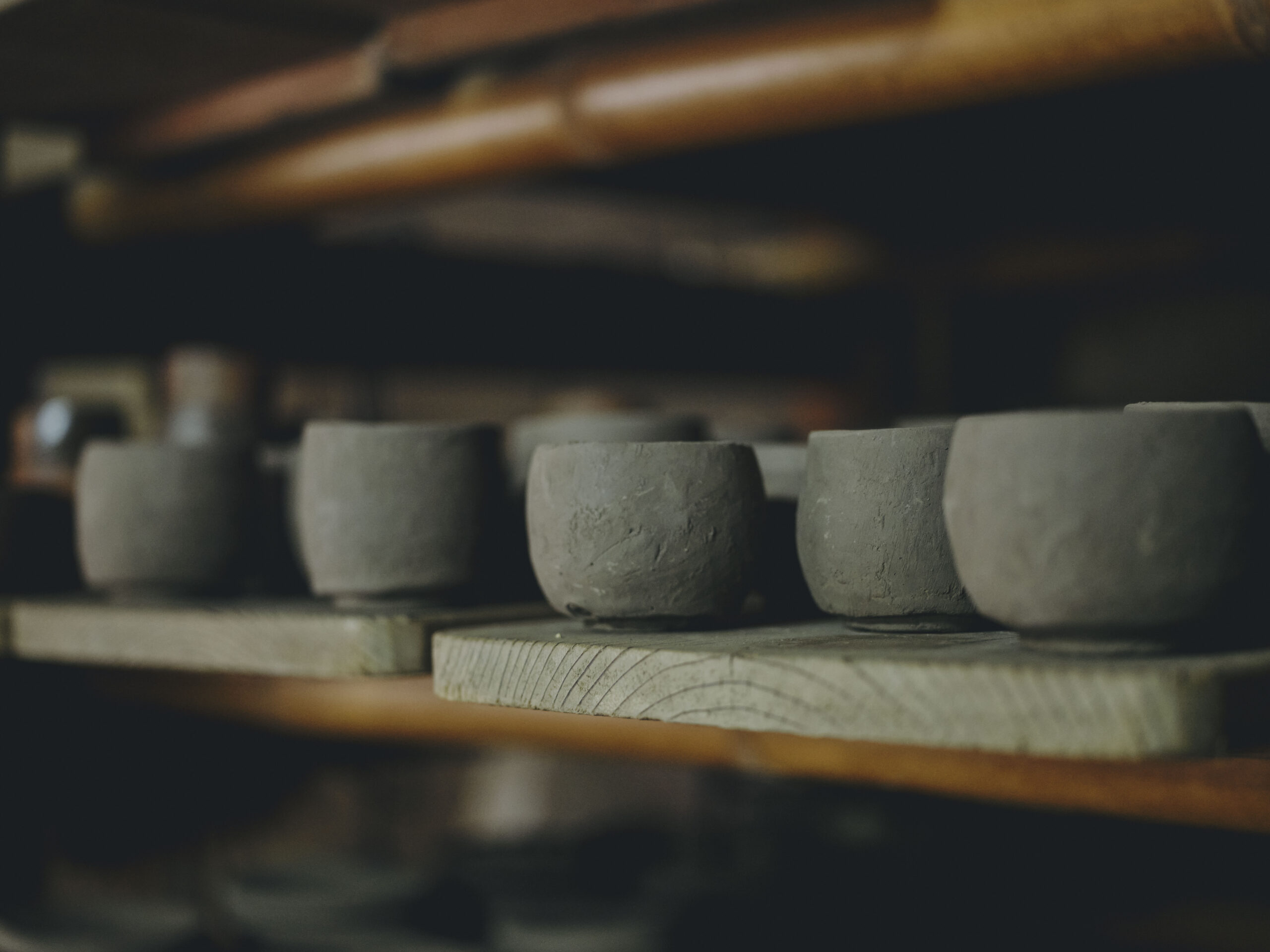
When asked about their philosophy, Mr. Shusaku explained, “Our mission is to convey the charm of ceramics to those who may not be familiar with it.” Tea ceramics, often associated with formal tea ceremonies and kaiseki dining, can seem intimidating or distant. However, to Mr. Shusaku and Mr. Yosaku, the essence of a good vessel is simple: “A good vessel enhances the beauty of the tea or food it holds. It conveys the host’s spirit of hospitality.”
At Yoruya, we use their “Mukozuke” (serving dishes) for dinner. While Mukozuke are typically square in shape, the Kaneshige brothers have introduced soft curves, inspired by the natural qualities of Bizen clay. The result is a graceful, organic form that feels alive in hand.
Though Bizen clay is often described as rustic or rough, the Kaneshige brothers view it differently. “It’s like the clay clings to your hands—alive and fresh,” they say. They strive to capture the clay’s innate softness and vibrant sheen, believing that these qualities, when gently preserved in the firing process, reveal the clay’s true beauty.
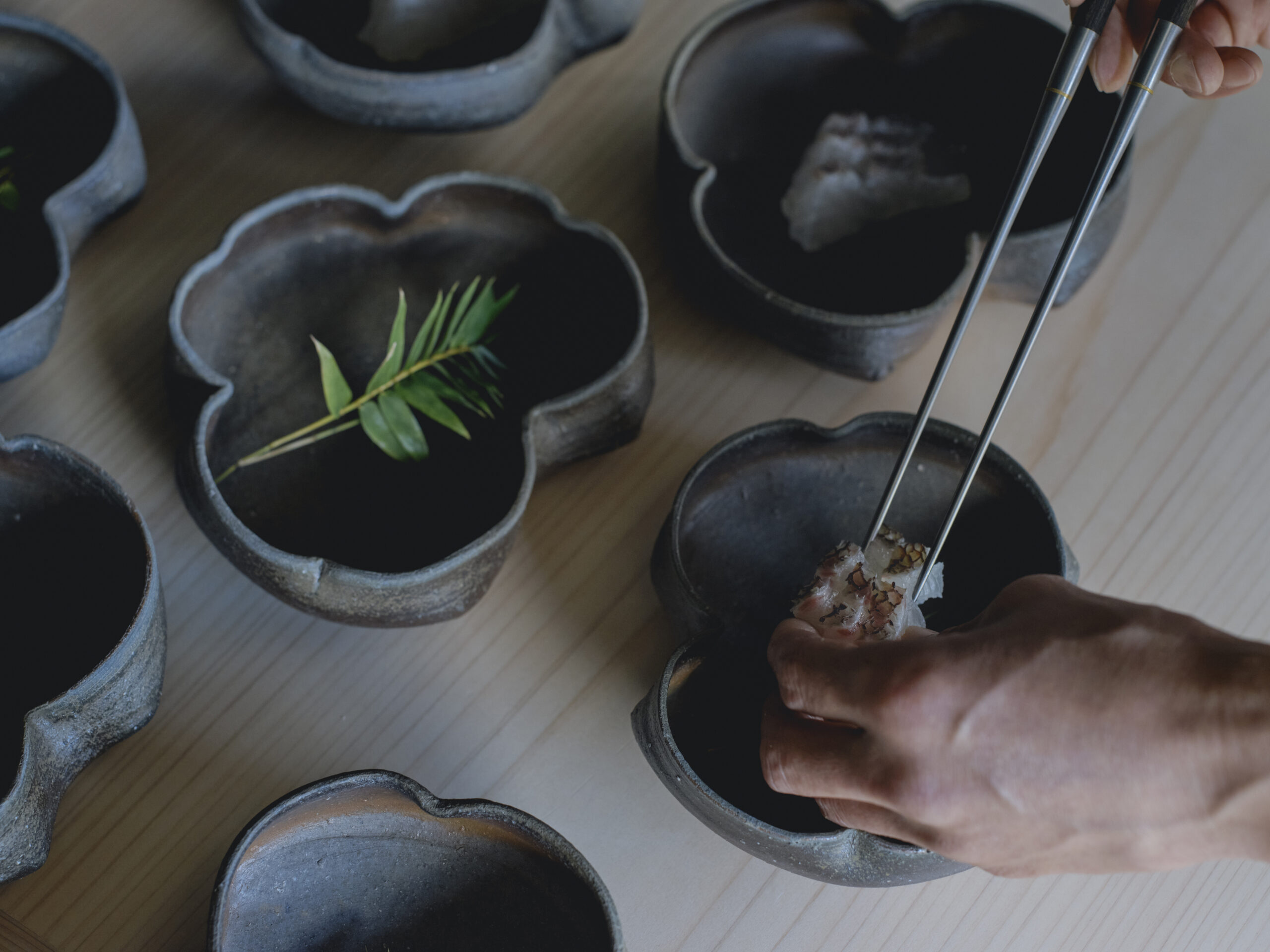
Next, we visited the ceramic studio Ichiyougama, founded by the Kimura family—another distinguished family counted among the “Six Bizen Families,” whose lineage dates back to the Muromachi period (14th–16th century). There, we spoke with Mr. Hajime Kimura, the third-generation potter continuing the family legacy.
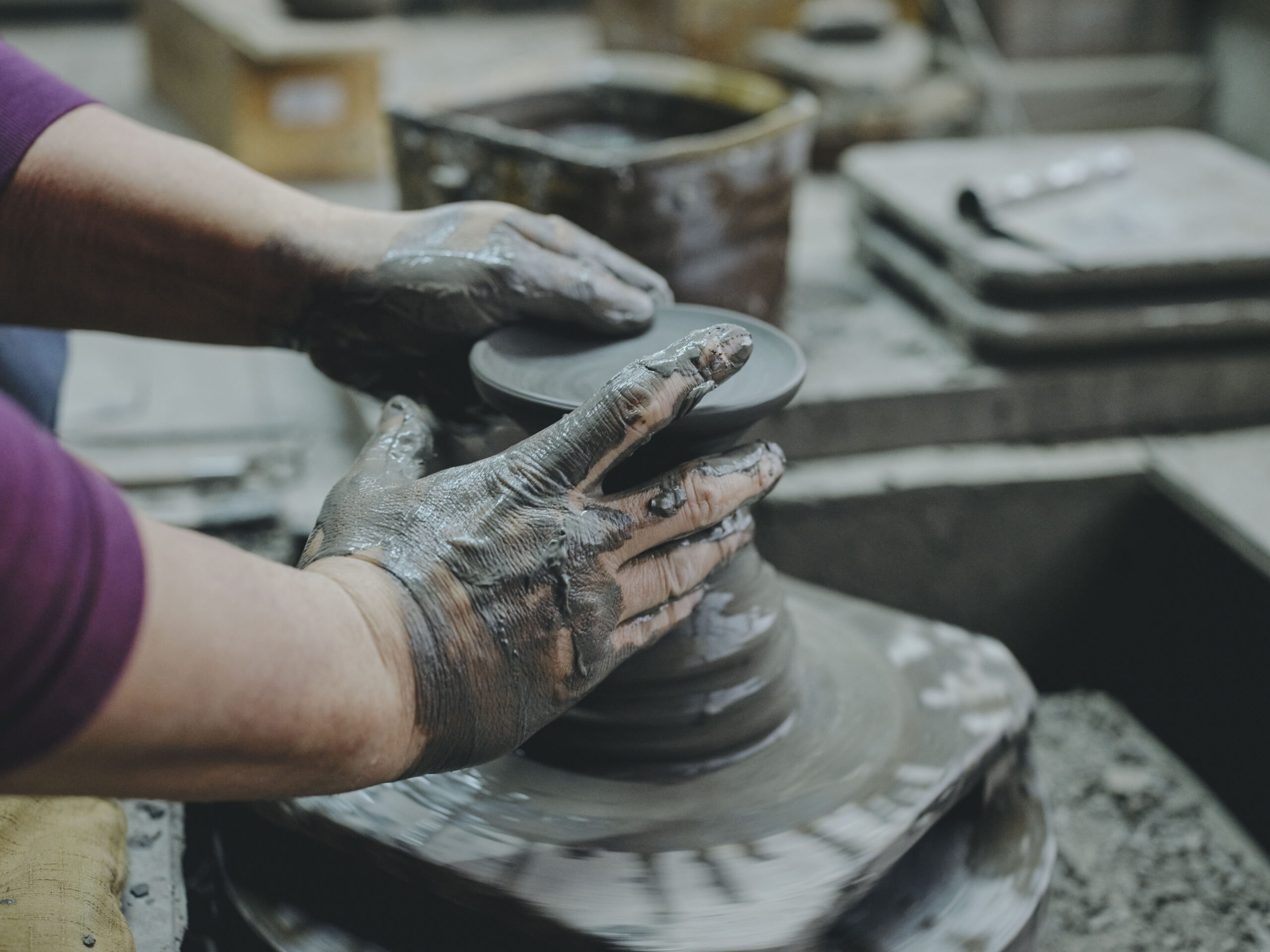
Mr. Hajime grew up surrounded by Bizen ware. As the son of a kiln owner, he spent his childhood in an environment where artisans worked in the adjoining workshop, while the family’s home entrance doubled as a shop displaying their works. His earliest lessons were in the art of preparing clay—the very foundation of Bizen ware.
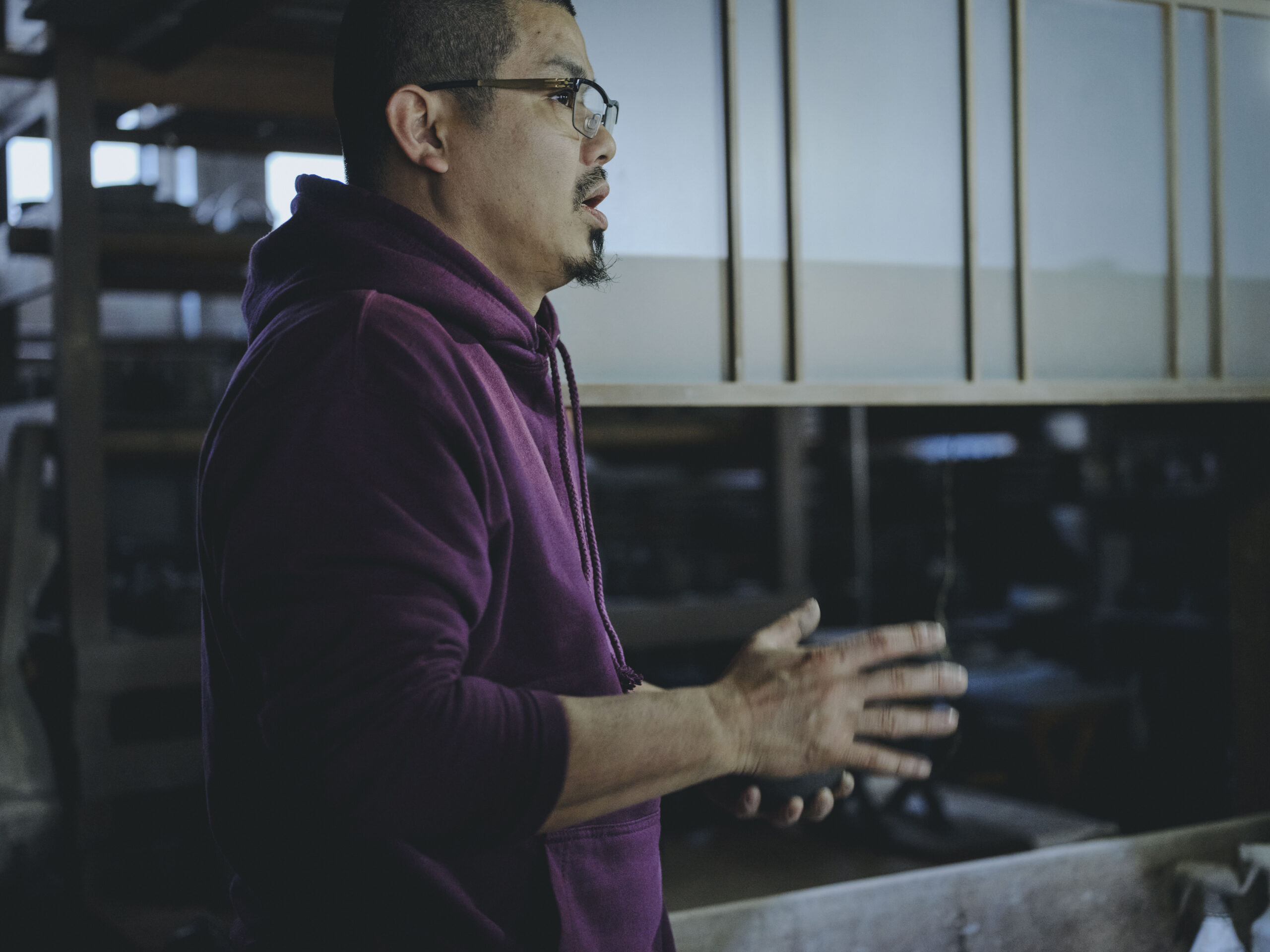
Kitaoji Rosanjin, one of Japan’s most renowned ceramic artists, once declared that “Bizen clay is the best in the world.” Bizen ware, with its unglazed surface and high-fired, natural ash effects, relies heavily on the inherent quality of the clay – a characteristic that has earned it high acclaim.
Mr. Hajime’s passion for clay is evident, as he says, “If I work with clay that someone else has prepared, I cannot truly connect with it.” He firmly believes that “making clay for self-expression is not the goal.” He continues, “It’s about creating something that serves a purpose—something useful. When I work with clay that I’ve kneaded myself, that sense of purpose naturally follows.”
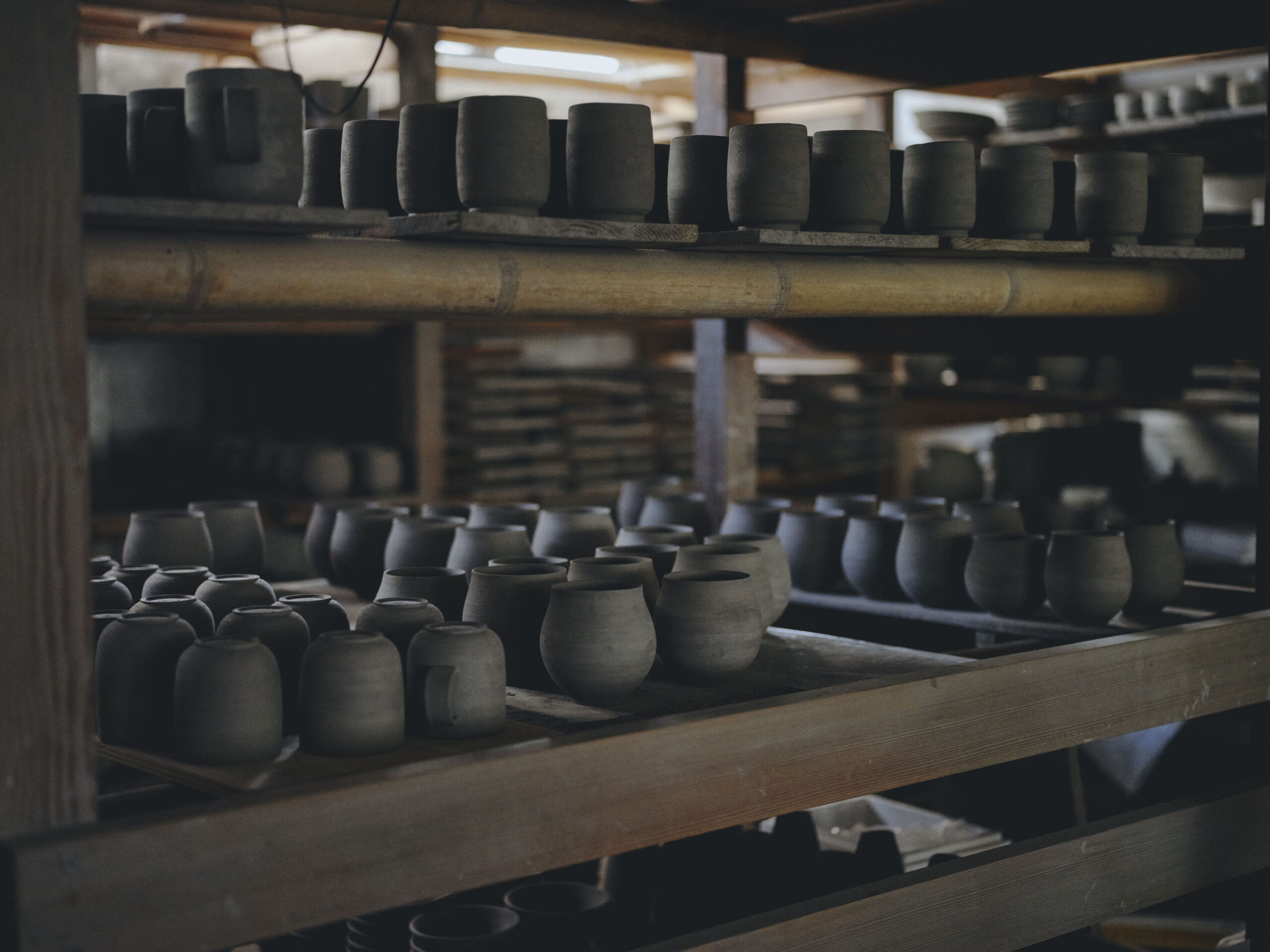
At Yoruya, we use Mr. Hajime’s “Kodai” (footed dishes) during dinner. At first glance, these cylindrical vessels appear simple. But closer inspection reveals the extraordinary detail and care embedded in their design. The “base” of the vessel is, in fact, the flat surface used to present food—normally considered the back or underside. While this side would typically reveal the telltale marks left by the potter’s wheel that signal it as the “reverse side,” Mr. Hajime’s pieces feature the same refined texture on both sides, with a delicately upturned rim that perfectly cradles the food. This meticulous craftsmanship requires a deep understanding of both the clay and the food it will hold.
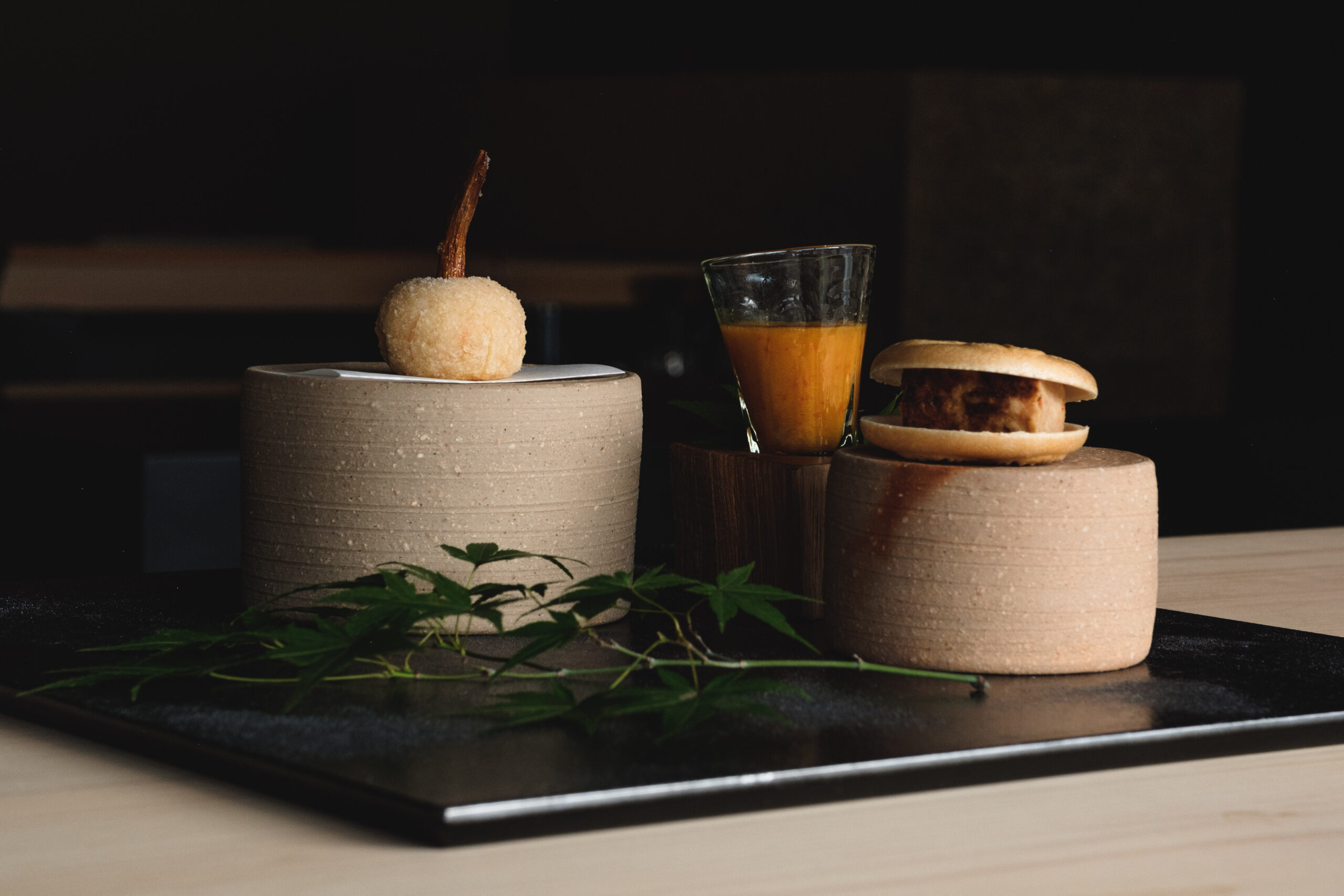
Both Mr. Shusaku and Mr. Hajime humbly credit their success to the rich Bizen soil. “Bizen ware exists because of the blessings of the clay,” they agreed. Their work is less about imposing form on the clay and more about allowing the clay to reveal the shape it wants to become. This respect for the material results in pieces that feel like an extension of the earth itself.
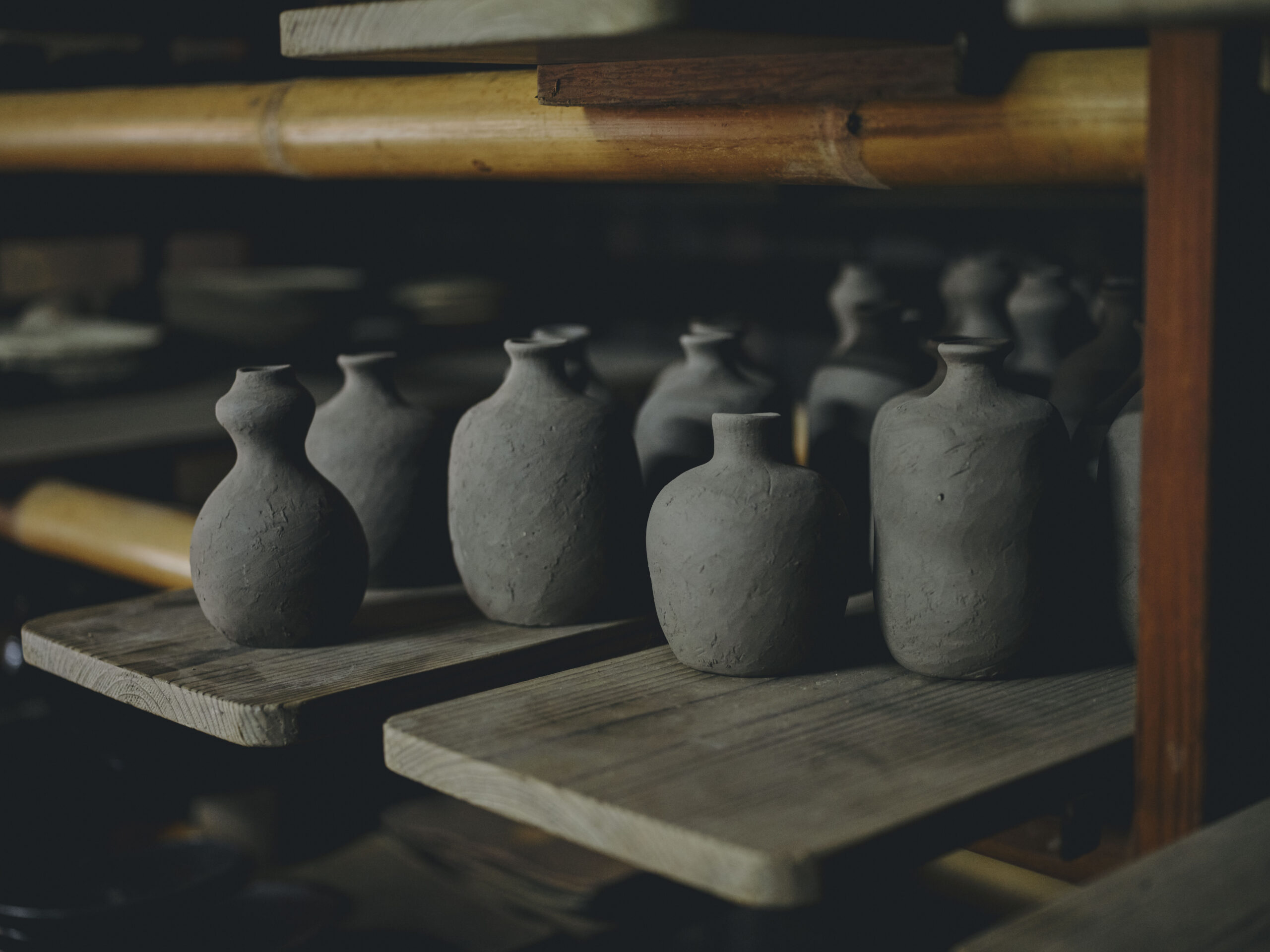
Just as fine cuisine depends on quality ingredients, so too does beautiful tableware rely on exceptional clay. During your stay at Yoruya, we invite you to experience the work of these remarkable potters—the present and future of Bizen ware—alongside the carefully prepared dishes of our chefs. Together, they offer a glimpse into the rich tradition and vibrant life of Okayama’s ceramic culture.
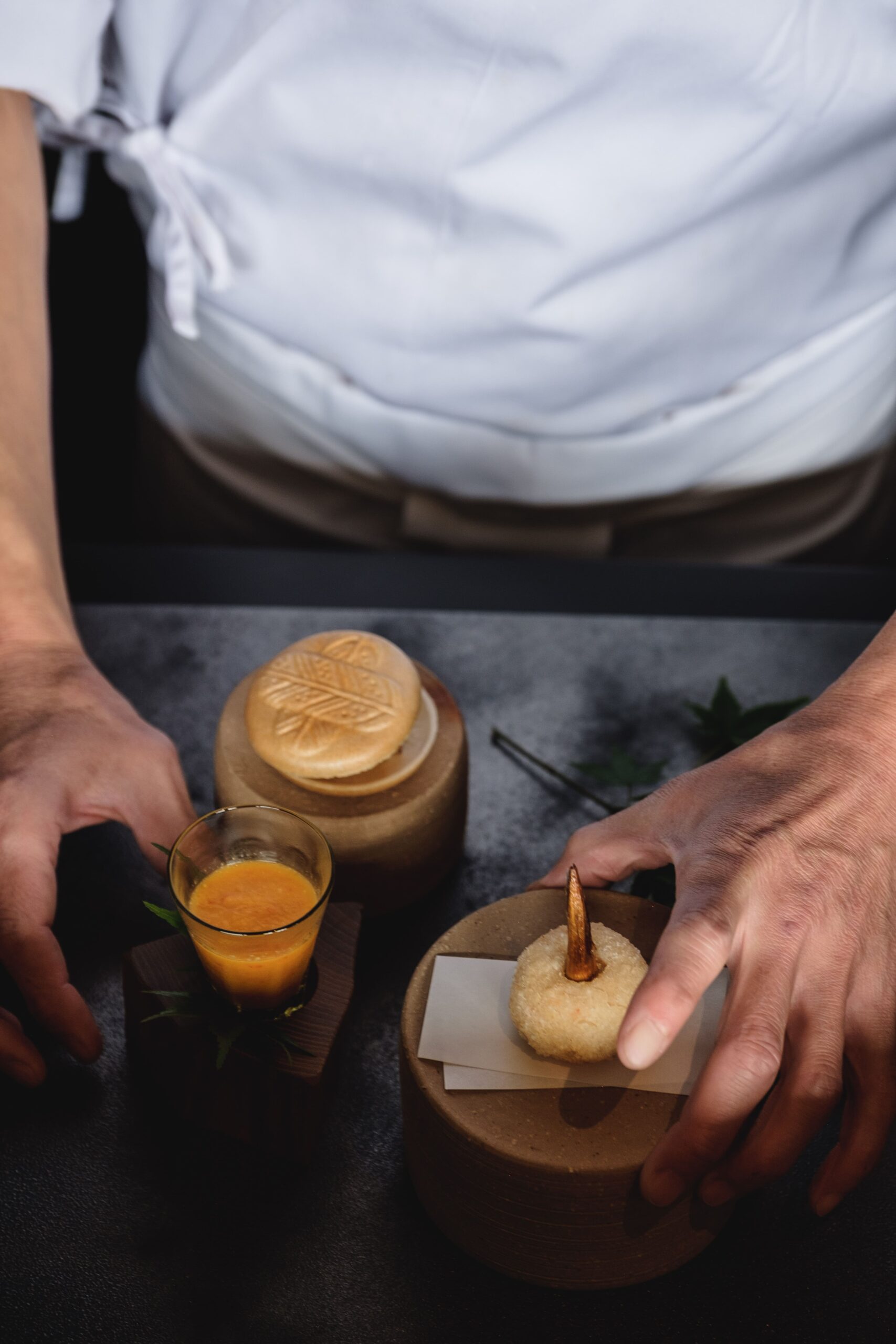
Edited by Yuya Uenuma from Yoruya
Written by Keiichi Asakura














